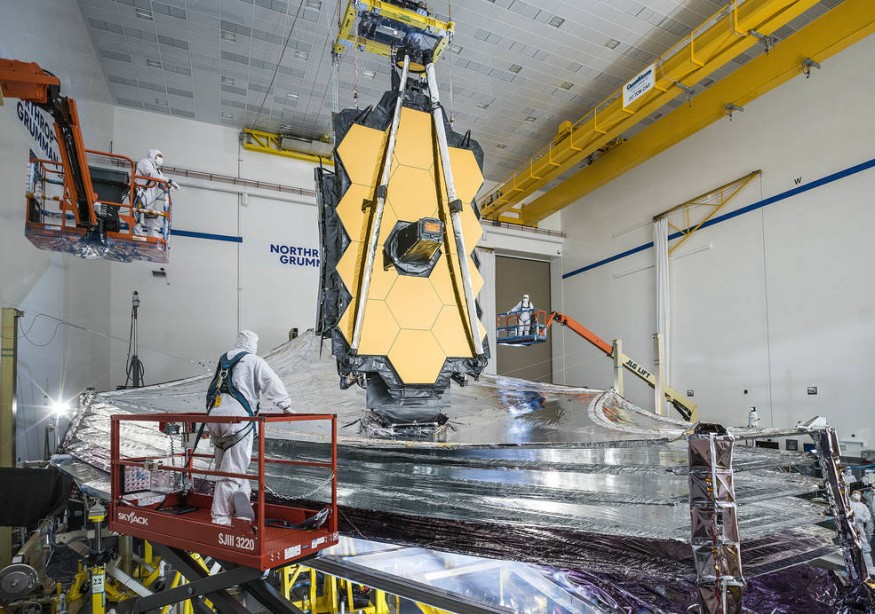Following a scare last week, NASA and the European Space Agency have announced that launch preparations for the James Webb Space Telescope will proceed. The satellite is still scheduled to launch on a European-built Ariane 5 rocket on December 22.
According to NASA (per Ars Technica), additional testing has been performed to confirm the telescope's readiness for flight, and fuelling operations began on November 25. The telescope will be equipped with 20 tiny thrusters for maneuverability and 240 liters of hydrazine fuel and dinitrogen tetroxide oxidizer. The process of refueling will take roughly ten days.

NASA's James Webb Space Telescope Problem Solved
NASA has now confirmed that the James Webb space telescope is ready to begin launch preparations.
According to SpaceFlightNow, NASA engineers also stated that the James Webb Space Telescope suffered no irreversible damage due to the recent event, as evidenced by a series of tests.
As a result, NASA has given the crew at the James Webb telescope's launch location, the Guiana Space Center in South America, permission to fill the observatory with 63 gallons of fuel.
The newest news on the James Webb Space Telescope adds to the optimism that the next-generation observatory will be launched before the year's end.
James Webb Space Telescope Anomaly
After a slightly concerning statement a week ago, the decision to proceed with the Webb telescope's launch countdown is welcome news. NASA said on November 22 that it would postpone the space telescope's launch by a few days to look into an "anomaly" that occurred during preparation procedures at the launch site in Kourou, French Guiana.
"Technicians were preparing to attach Webb to the launch vehicle adapter, which is used to integrate the observatory with the upper stage of the Ariane 5 rocket," NASA said in a blog post. "A sudden, unplanned release of a clamp band-which secures Webb to the launch vehicle adapter-caused a vibration throughout the observatory."
The issue first surfaced earlier this month, prompting NASA to form an anomaly review board to look into it and do more testing. Engineers decided that the vibrations caused by the clamp band's removal had not caused any harm to the observatory.
The "unplanned" and "sudden" removal of the clamp band from the $10 billion James Webb Telescope generated tremors throughout the observatory.
NASA Spends Billions for James Webb Telescope
NASA spent $8.8 billion on Webb's design and construction. According to BBC, the space agency will spend another $860 million to sustain the mission for the next five years. This totals $9.7 billion in the United States.
The European Space Agency contributed €700 million ($791.1 million) to the project, funding two of Webb's four instruments and the Ariane launch rocket. The Canadian Space Agency (CSA) also contributed over CA$200 million ($549.6 million).
It all adds up to more than $10 billion costs. Webb is years behind schedule, and it has suffered from terrible project management several times. However, some of the funds were utilized to fund technological advancements with broader applications; for example, a measuring instrument developed for Webb is now used in precision eye surgery.
To put things in perspective, Hubble has cost close to $15 billion in today's money. After all of its discoveries over the previous 30 years, few would question its worth, and the James Webb Space Telescope is likely to be no less transformative.
RELATED ARTICLE : NASA James Webb Space Telescope is About to Depart a Month From Now to Find the Unexpected
Check out more news and information on Space in Science Times.












